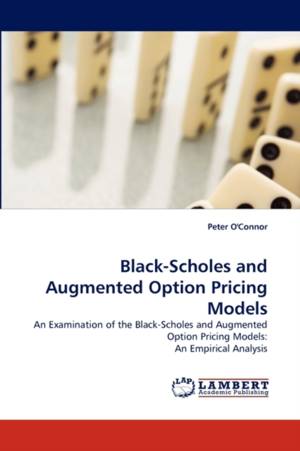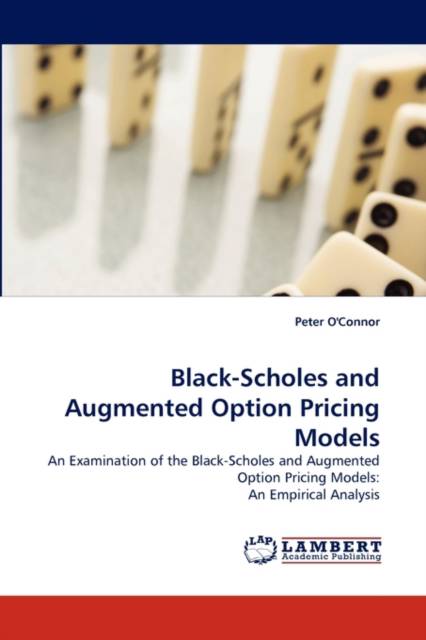
- Afhalen na 1 uur in een winkel met voorraad
- Gratis thuislevering in België vanaf € 30
- Ruim aanbod met 7 miljoen producten
- Afhalen na 1 uur in een winkel met voorraad
- Gratis thuislevering in België vanaf € 30
- Ruim aanbod met 7 miljoen producten
Zoeken
Black-Scholes and Augmented Option Pricing Models
An Examination of the Black-Scholes and Augmented Option Pricing Models: An Empirical Analysis
Peter O'Connor
Paperback | Engels
€ 48,45
+ 96 punten
Omschrijving
The Black-Scholes model was a revelation and took a large step forward in terms of mathematical application in quantitative finance. An empirical trait is that the model has generally been used by practitioners in an ad-hoc fashion. This may explain why actual option prices have rarely converged to respective Black-Scholes estimates. Empirical options research has highlighted systematic biases within the model and has attempted to correct for these by proposing models that offer greater consistency in both internal processes and pricing performance. In this thesis, we explore the fundamental reasons for failure in the Black-Scholes and analyse the benefit of augmenting the model for processes that may be more consistent with the real world. We place emphasis on consistency between the option-implicit distribution of the underlying asset and the actual implicit distribution of the underlying asset. Using a three year FTSE 100 option dataset, we quantitatively examine the pricing consistency and reliability of such augmented models.
Specificaties
Betrokkenen
- Auteur(s):
- Uitgeverij:
Inhoud
- Aantal bladzijden:
- 60
- Taal:
- Engels
Eigenschappen
- Productcode (EAN):
- 9783838378312
- Verschijningsdatum:
- 8/07/2010
- Uitvoering:
- Paperback
- Formaat:
- Trade paperback (VS)
- Afmetingen:
- 152 mm x 229 mm
- Gewicht:
- 99 g

Alleen bij Standaard Boekhandel
+ 96 punten op je klantenkaart van Standaard Boekhandel
Beoordelingen
We publiceren alleen reviews die voldoen aan de voorwaarden voor reviews. Bekijk onze voorwaarden voor reviews.











